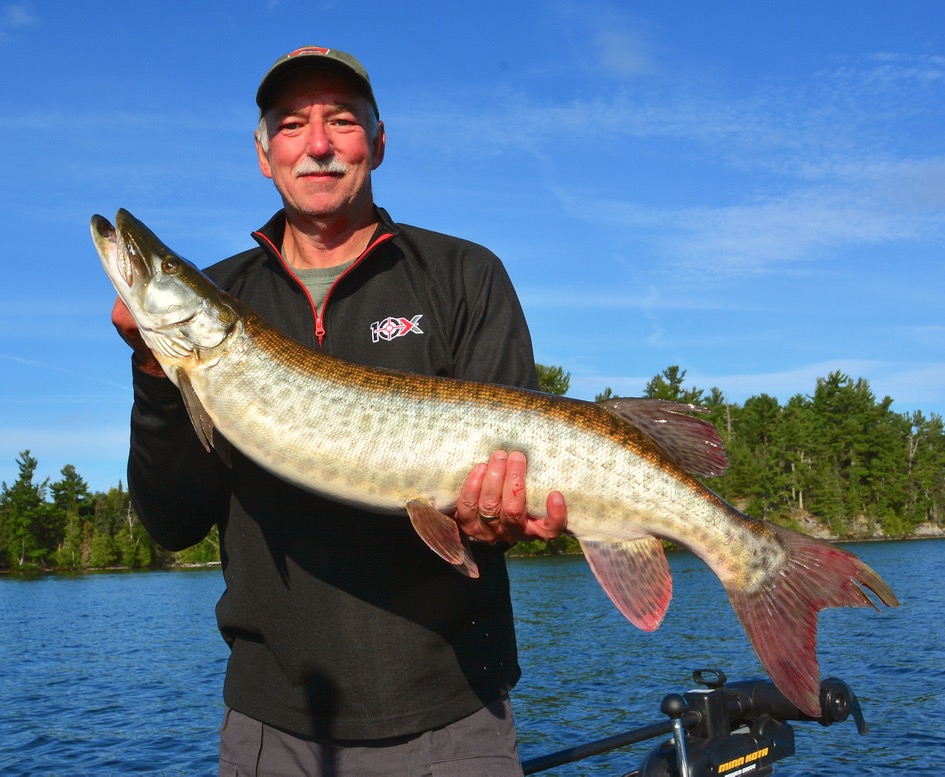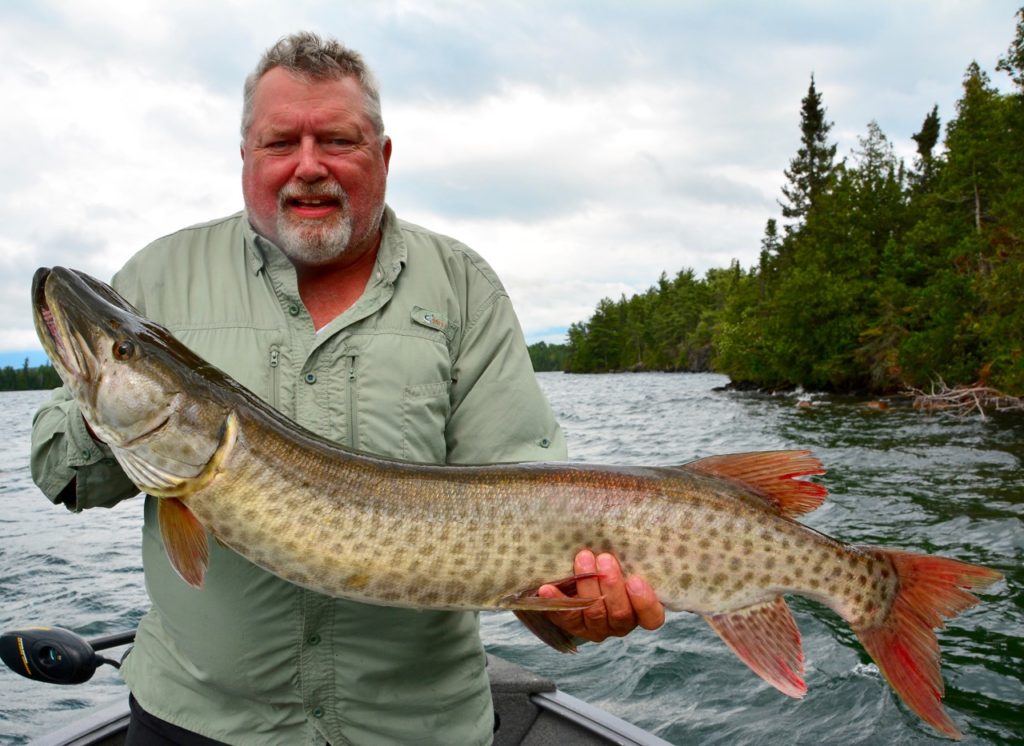Muskie mission
How one angler finally caught the fish of 10,000 casts—and what he learned along the way
Advertisement
# 2 STUDY YOUR LAKE
There’s considerable diversity among muskie lakes, and an intimate knowledge of the lake you’re on is key to finding the fish. For example, Dave’s lake is “oligotrophic,” which is a fancy way of saying it is low in nutrients. Picture a typical lake trout lake, with clear water and few aquatic plants. There are, in fact, lakers in his lake, along with a healthy population of ciscoes. Since a muskie would far rather eat a fat, soft cisco than a bony, spiked perch or bass, it makes sense that in lakes with ciscoes, the muskies will target them for a good portion of their diet. In short, find the ciscoes and the muskies won’t be far away.
Advertisement
Higher nutrient levels and plenty of aquatic vegetation, on the other hand, characterize “eutrophic” lakes. In those lakes, the primary prey for muskies are warmer-water species such as walleye, bass and perch. Find those fish and, again, the muskies will be in close proximity.
You must also know your lake’s structure. Start with a bathymetric map and identify the main-lake basin. If there are several basins, treat each one as a separate waterbody. Look for points, reefs, shoals and saddles, especially where there’s a fast break to deep water. Also look for plenty of boulders and rubbles near those locations, and concentrate your fishing efforts there.


